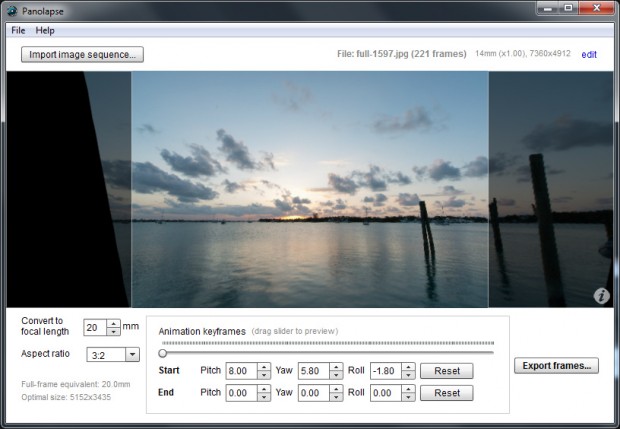
Related video: Basic Time Lapse Overview Shooting the Sequence Remember, you will be taking a lot of photos for your time-lapse sequences, so smaller file sizes will make everything more manageable. I shoot raw instead of jpeg so that I have maximum flexibility when processing my photos in Adobe Camera Raw or Lightroom, but jpeg files are fine if you don’t plan on doing much computer processing of your images. I shoot my time-lapse images using my camera’s lowest resolution raw file setting. You’re not going to need your camera’s highest quality settings. If you are using automatic settings, you might find considerable variation of exposure and white balance in your images, which will look awkward when the final sequence is put together (although some time-lapse editing programs allow you to easily fix these variations). Because I shoot raw, I can always change the white balance of the sequence during the image processing phase, but it makes things easier if every image is set to the same white balance. I experiment with several different white balances, and then pick the one that looks best to me.
Panolapse test images manual#
I shoot in manual mode, setting my aperture for depth of field (apparent sharpness from near to far in the image frame), and then selecting ISO and shutter speed to optimize my exposure. It is important to ensure that your exposure settings do not change from image to image, so that means everything – ISO, shutter speed, aperture, and white balance – needs to be set manually. You are limited only by your patience and imagination! Camera Settings Or, the change might be less perceptible, such as a flower blooming, or photographing the same scene once every day over several weeks. This change can be obvious, such as traffic moving through the streets or clouds moving through the sky. The key to a successful time-lapse is to photograph a subject that changes over time. Related video: Time Lapse Photography in the Falkland Islands Choose Your Subject Although you can do time-lapse photography without one, an intervalometer will make your job a lot easier. Some cameras have built-in intervalometers, others require a wired remote with an intervalometer function to be plugged in.


Another useful piece of equipment is an intervalometer, a programmable device that automatically triggers exposures at precise intervals of time. If your lens or camera has image stabilization, make sure it is turned off when your camera is on your tripod. First and foremost is a sturdy tripod, as it is essential that your camera is steady during a time-lapse sequence. In addition to your digital camera, you will need a few items for successful time-lapse photography. Essential Equipment for Time-Lapse Photography


 0 kommentar(er)
0 kommentar(er)
